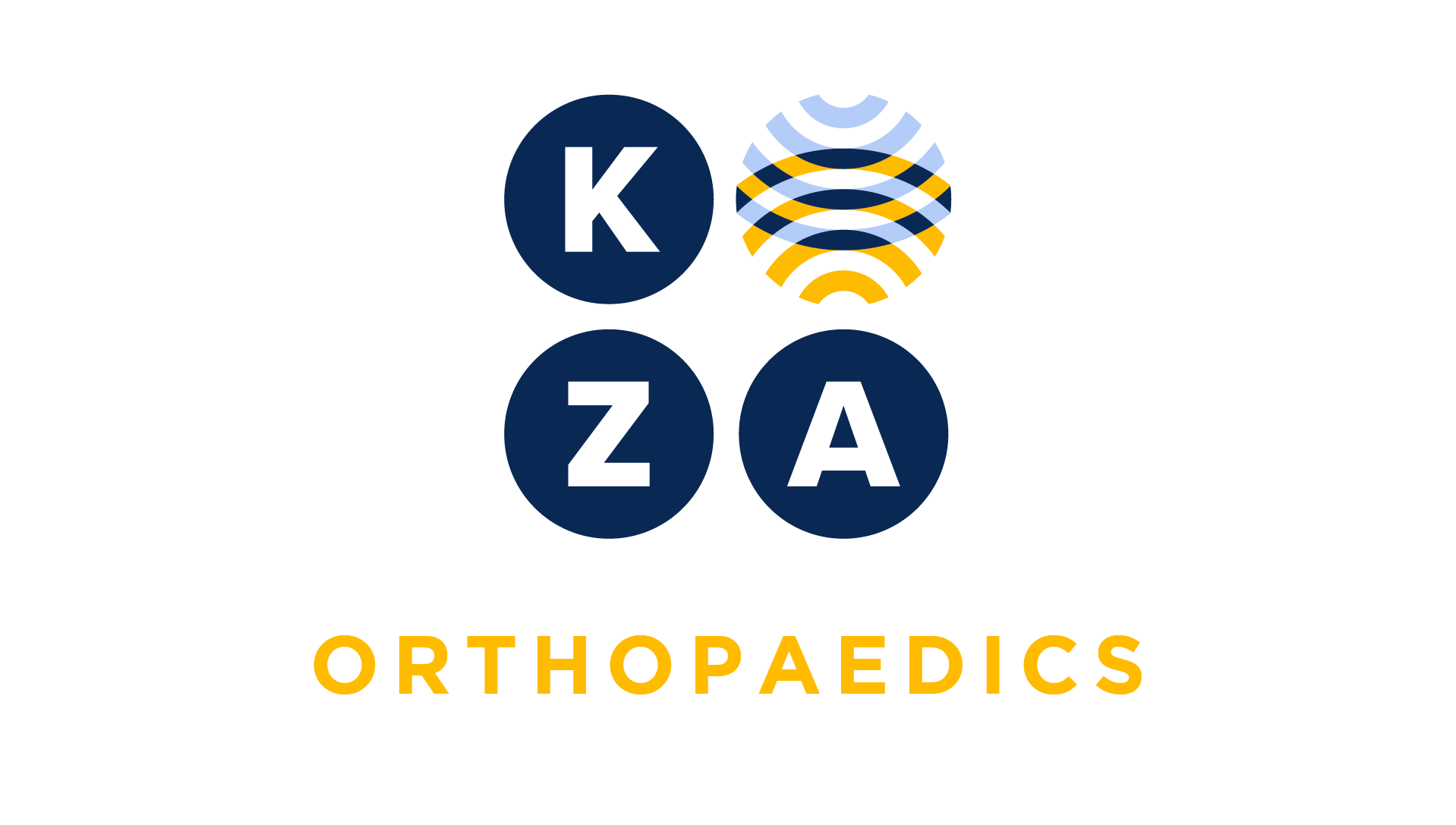
Choose your specialty from the list below to see how our experts have tackled a wide range of client questions.
Looking for something specific? Utilize our search feature by typing in a key word!
E/M and Fracture Manipulation
We have joined a new health system and the coding staff members (new to orthopaedics) are removing all E/M-57 services when reported with a fracture manipulation code. The coding staff…
Question:
We have joined a new health system and the coding staff members (new to orthopaedics) are removing all E/M-57 services when reported with a fracture manipulation code. The coding staff members are stating these are inclusive to the fracture, as the physician has to evaluate the patient to determine if the fracture needs manipulation. After many conversations, they agreed to hear from others on whether or not the E/M is separately reportable.
Answer:
Congratulations to your team for working with and educating the new coding team to the world of orthopaedics.
If the documentation supports the E/M service, it is reportable when assessing a fracture that resultantly requires manipulation.
The patient may present with a known fracture (or not). The physician must evaluate the patient to determine the nature of the injury. X-rays are typically ordered and interpreted, or reviewed if taken at an outside facility. The physician diagnoses the fracture as displaced requiring manipulation, whether it will be treated with closed or open reduction. The E/M service associated with evaluating a patient with a fracture is not included in global fracture care.
Append modifier 57 to the E/M CPT code if the treatment of the fracture is performed on the same day or the day following the E/M service.Note, although CPT rules call for using modifier 57 when you are protecting an E/M service performed for a procedure with a 90 day global period, some payors may instead require modifier 25 when the fracture treatment does not require taking the patient to the OR.
*This response is based on the best information available as of 10/17/19.
Hematoma I&D with Fasciotomy
Our surgeon performed an I&D of a hematoma in the same compartment as an anterior and lateral fasciotomy in the leg for compartment syndrome. I submitted a code for the I&D in…
Question:
Our surgeon performed an I&D of a hematoma in the same compartment as an anterior and lateral fasciotomy in the leg for compartment syndrome. I submitted a code for the I&D in addition to the fasciotomy code and the surgeon removed the I&D code, stating it would be inclusive to the fasciotomy. I don’t feel this is correct. Is the I&D inclusive?
Answer:
KZA agrees with the surgeon based upon the information presented in your scenario. The drainage of a hematoma in the same compartment(s) as the fasciotomy is inclusive to the fasciotomy code(s).
*This response is based on the best information available as of 10/03/19.
Nail and Lesion Debridement During the Same Visit
A patient presents to the office who meets Medicare’s definition for medical necessity for routine foot care. Nails are noted to be elongated and thickened, and hyperkeratotic lesions…
Question:
A patient presents to the office who meets Medicare’s definition for medical necessity for routine foot care. Nails are noted to be elongated and thickened, and hyperkeratotic lesions are noted to be on the right plantar heel and right foot second metatarsal head. The podiatrist debrides all ten nails and trims two lesion sites. Is it appropriate to use modifier 59 to unbundle 11721 and 11056?
Answer:
Yes. In the scenario you describe, both services are reportable under both CPT definitions of codes 11721 and 11056 and CMS NCCI edits and narrative guidelines.
From a CPT standpoint, your question describes two different services; debridement of nails and trimming of skin lesions.
The most recent change to the NCCI guideline was published in 2018, and remains in effect in 2019. It states:
NCCI has a procedure to procedure edit with column one CPT code 11055 (paring or cutting of benign hyperkeratotic lesion…) and column two CPT code 11720 (debridement of nail(s) by any method; 1 to 5). Modifier 59 shall not be used to bypass the edit if these two procedures are performed on the same distal phalanxincluding the skin overlying the distal interphalangeal joint.Source: NCCI 2019, Chapter 3, Section E
Your question includes similar procedures, but for a greater number of sites (11056 is used for paring or cutting of 2-4 benign hyperkeratotic lesions, while 11055 is for a single lesion and 11721 is used for debridement of 6 or more nails, while 11720 is used for 1-5 nails).
Under the NCCI guideline, the determining factor is whether the hyperkeratotic lesion is located on the same distal phalanx, including the skin over the distal interphalangeal joint. When that situation exists, it is not appropriate to use modifier 59 to bypass the NCCI edit between codes 11720 and 11055, (or 11721 and 11056).
In your scenario, the lesions are at the plantar heel and at the second metatarsal head; based on their locations, separate reporting would be allowed, and the Column 2 code, 11721, could be reported with modifier 59.
*This response is based on the best information available as of 08/22/19.
Superior Capsular Reconstruction
What CPT codes do I use for comparison when the surgeon performs a superior capsular reconstruction? I know I have to use an unlisted code.
Question:
What CPT codes do I use for comparison when the surgeon performs a superior capsular reconstruction? I know I have to use an unlisted code.
Answer:
Great job in knowing that this procedure is reported with an unlisted code. The AAOS recommends comparing this procedure to CPT codes 29827 and 29806. Remember, the unlisted code is reported on the claim form; it is important to notate box 19 of the claim form the name of the procedure and the comparison codes for the unlisted code, 29999.
*This response is based on the best information available as of 07/11/19.
Subscapularis and Supraspinatus Repair
I perform an arthroscopic repair of the supraspinatus and subscapularis tendons through separate incisions/portals. May I report CPT code 29827 twice?
Question:
I perform an arthroscopic repair of the supraspinatus and subscapularis tendons through separate incisions/portals. May I report CPT code 29827 twice?
Answer:
CPT code 29827, arthroscopic rotator cuff repair is reported one time regardless of whether one or all four tendons are repaired. Consider adding modifier 22 for the additional complexity of the additional portals to accomplish the second repair. Medical necessity for the additional portal must be supported.
*This response is based on the best information available as of 06/20/19.
Endoscopic Cubital Tunnel Release
If a cubital tunnel release is performed by endoscopy how should it be reported? We report 64718 when it’s performed as an open procedure. Just not sure how to report it when it is done…
Question:
If a cubital tunnel release is performed by endoscopy how should it be reported? We report 64718 when it’s performed as an open procedure. Just not sure how to report it when it is done by endoscope.
Answer:
Thanks for your submission. There is currently no Category I CPT code for endoscopic cubital tunnel release. The March 2009 edition ofCPT Assistantadvised that it would be correct to report the procedure using code 29999 (Unlisted procedure, arthroscopy).
You could use the open procedure code for comparison, 64718 (Neuroplasty and or/transposition; ulnar nerve at elbow), or the endoscopic carpal tunnel release code 29848 (Endoscopy, wrist, surgical, with release of transverse carpal ligament).
*This response is based on the best information available as of 5/23/19.

